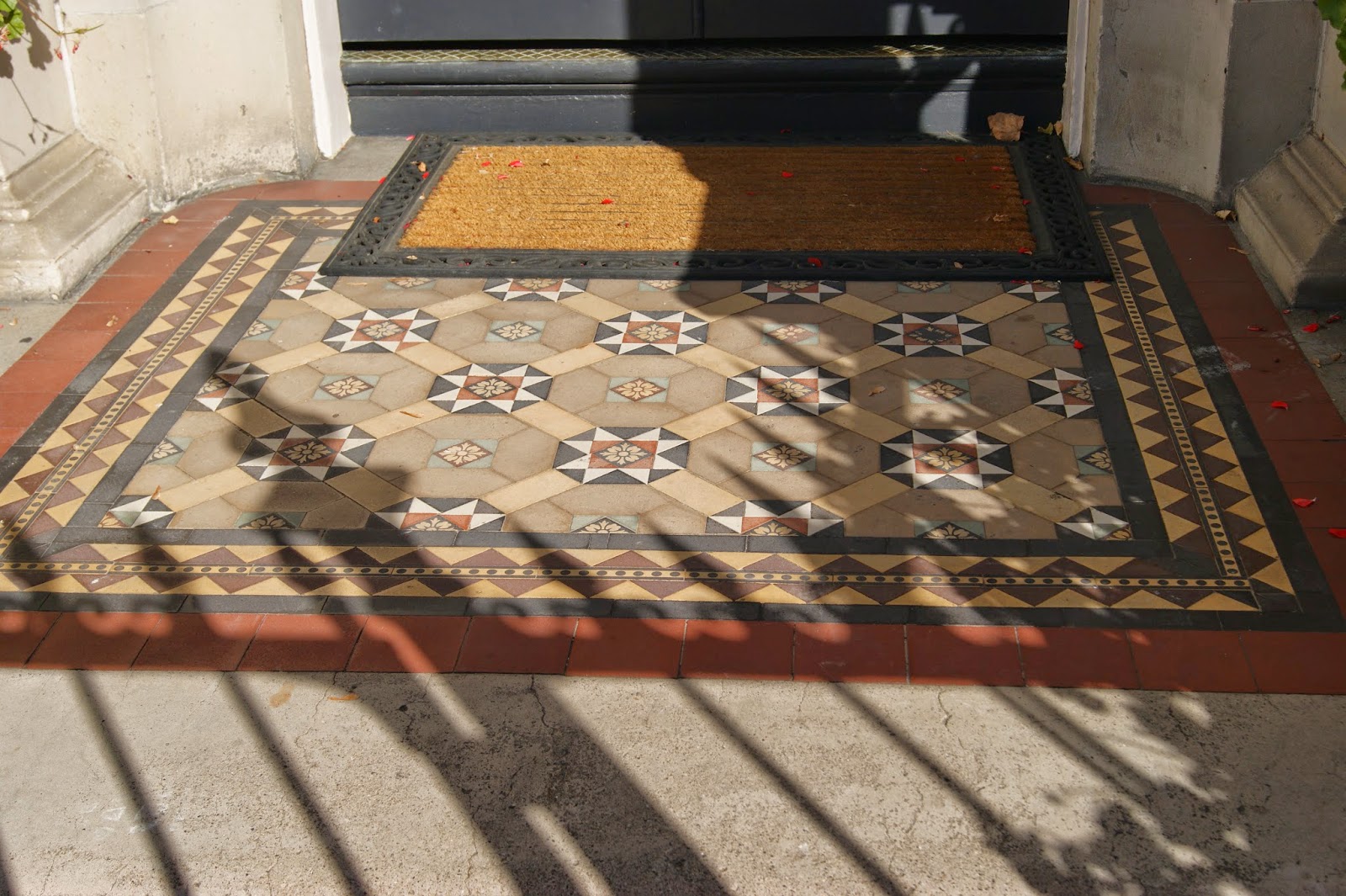Consequently many failed, while others merged with larger banking companies, particularly those with branch banking structures. Banks were set up either as regular commercial institutions, such as the Bank of Van Diemen's Land (1823), or in a philanthropical vein to encourage the lower classes to save their money. Sometimes these aims were combined. When the Derwent Bank was established in 1829, attached to it was the Convict Savings Bank, an attempt to encourage convicts to improve their miserable status.
The major banks of this type, both aiming at all the'lower classes', were the Launceston (1835) and Hobart (1845) Savings Banks. The Hobart Savings Bank was established by a group of Hobart entrepreneurs headed by George Washington Walker. This bank was originally located at Walkers shop No.65 Liverpool Street and opened for business on the 1st of March 1845.
The function of the bank in the words of the draper Quaker Walker was as follows, "The encouragement of frugality, prudence and industry in the community, and more particularly to enable working classes to improve their circumstances , by means easily within their reach. It offers to all who choose to avail themselves of its advantages a safe mode of investing their savings, affording them not only security but interest for their money, and the liberty of withdrawing either the whole or any part whenever needed" By the end of the first year of trading 601 accounts were in operation.
In 1853 Walker sold his drapery business and the bank needed to find new accommodation "within the ordinary haunts of business and tolerably central." The bank continued to be housed in Walkers new premises located in Collins Street opposite the Hobart Town Courier. In 1857 the government made a decision to vacate the Hobart Gaol located on the corner of Murray and Macquarie Streets. In July of 1859 a new building on this site became the head office of the Hobart Savings bank. In the following years the bank opened numerous branches in the towns and suburbs of Tasmania.
The Hobart Savings Bank building is a very fine example of a Regency office building and part of a group of related buildings forming an historic precinct. It maintains an excellent intact interior. 'The Actuary or General Manager of the Hobart Savings Bank lived upstairs until the early years of this century'
The Tasmanian banking institutions that ultimately survived well into the twentieth century were two trustee savings banks, namely the Launceston and Hobart Savings Banks, plus the Agricultural Bank of Tasmania (1840) which specialized in rural finance. Attempts to merge the two trustee savings banks into a single state Bank of Tasmania in the mid-1980s failed on parochial grounds, although the Tasmania Bank was created through the merger of the Launceston Bank for Savings and the Perpetual Executors Building Society.
The Hobart Savings Bank continued its separate existence until Tasmania Bank entered a crisis phase in 1989 as a result of poor lending strategies. The Trust Bank of Tasmania rose from the ashes of the Tasmania Bank initiated by a significant injection of state government funds and the inclusion of the Hobart Savings Bank. The new Trust Bank retained the trustee structure of its predecessors. However, the Trust Bank could not sustain a competitive position in the Australian capital market, given its smallness, and so its assets were purchased by the Commonwealth Bank of Australia in 1998.
The original building on Murray St still retains its original exterior and grandeur and I believe it may well be currently utilized as office space of some description. A beautiful and classic looking building.
Main Text &
Information –
“A Companion to Tasmanian
History – Banking & Finance” webpage
Update 23rd May 2014
Thank you to blog visitor Julia, who let us know that the property is now a private residence. Julia also very kindly shared a video link which takes us on a short journey through the inside of the residence. Really fantastic!!! Thank You, Julia
Video Link - https://www.youtube.com/watch?v=b65h0zUkNUM










